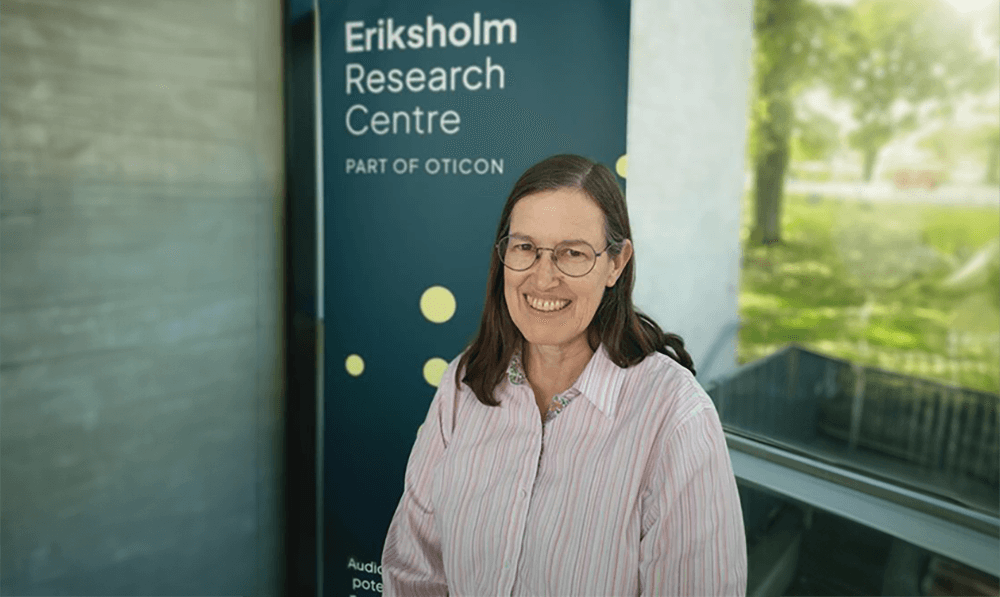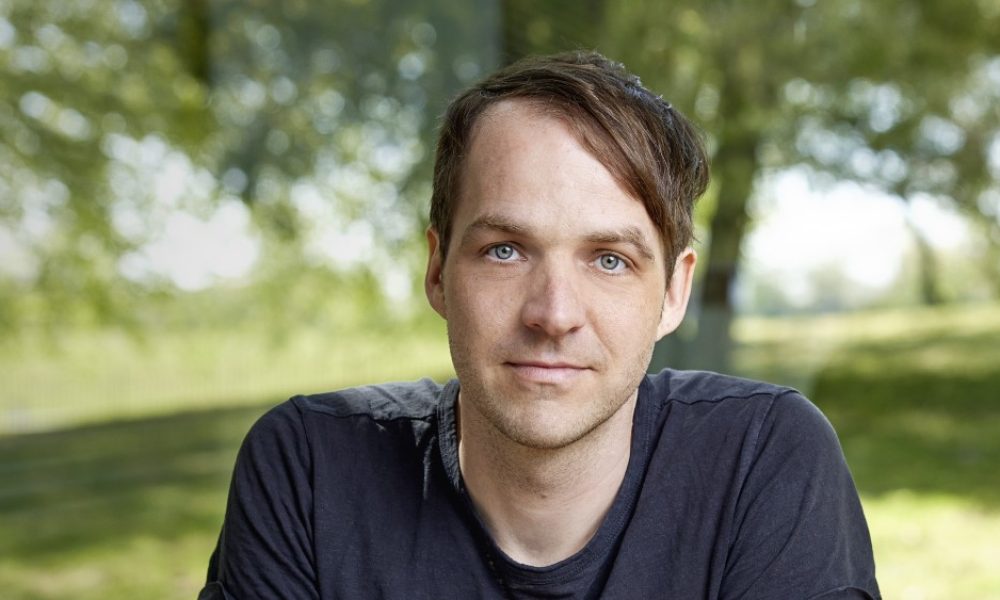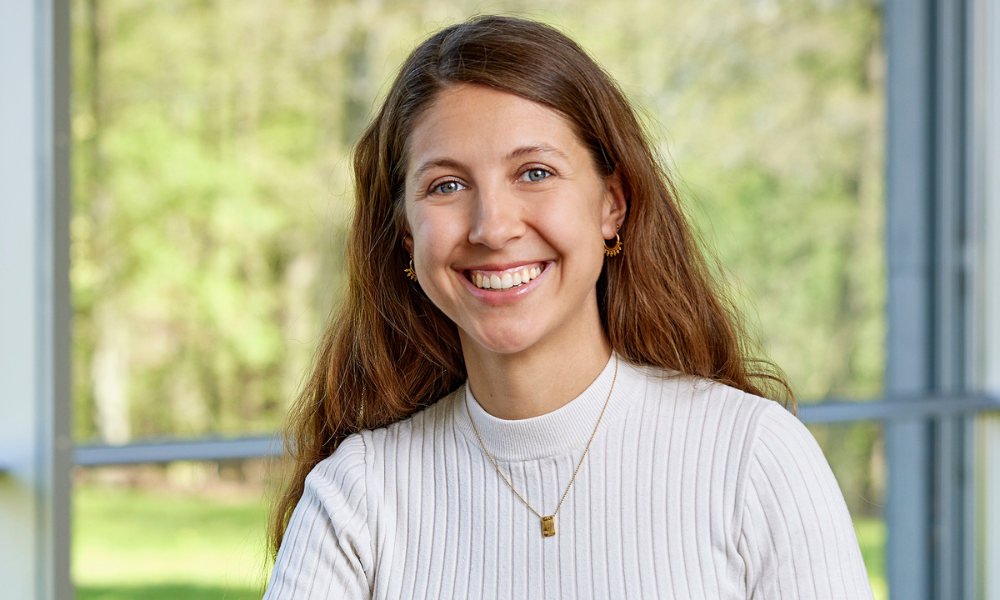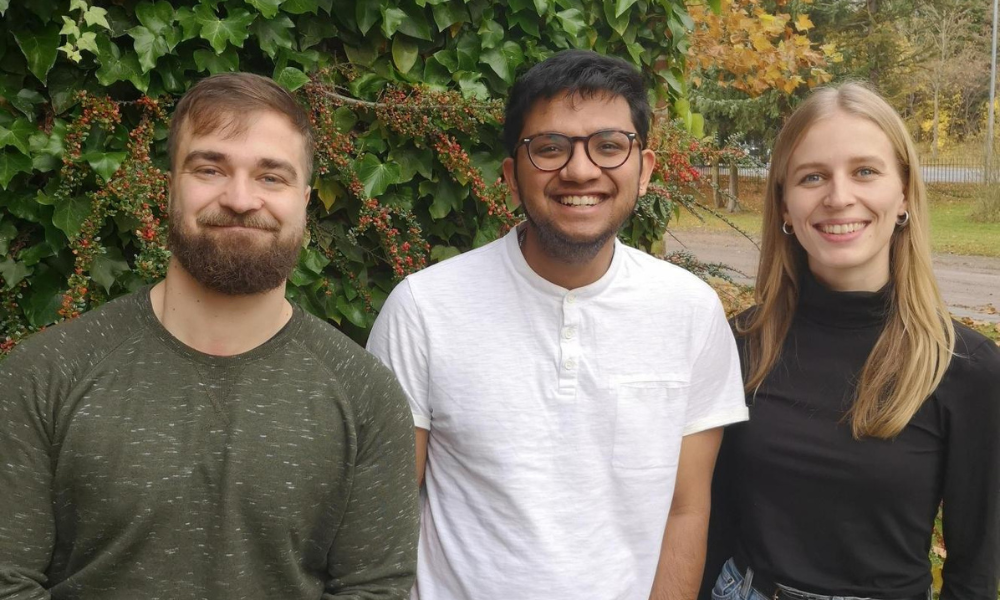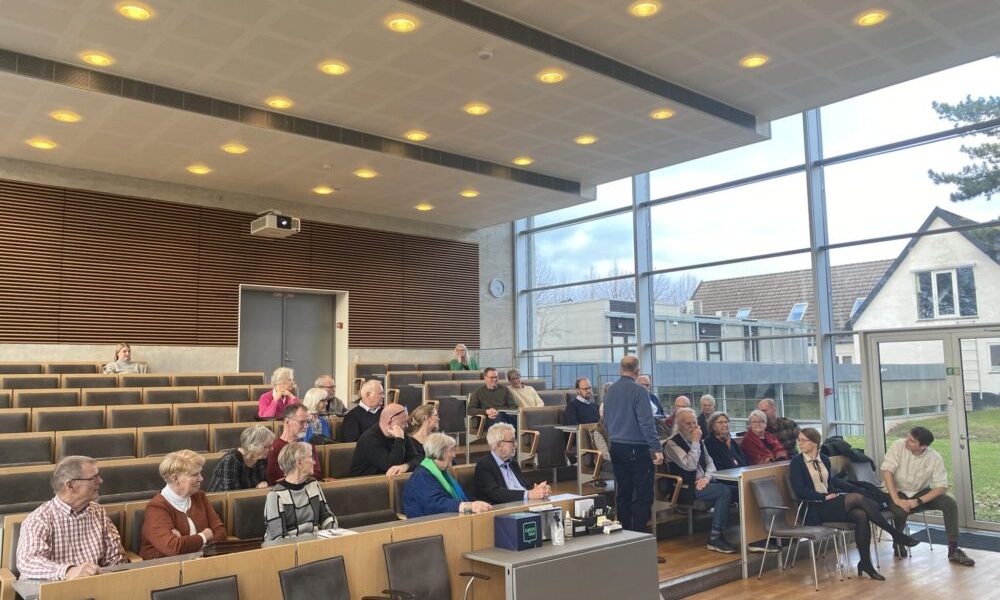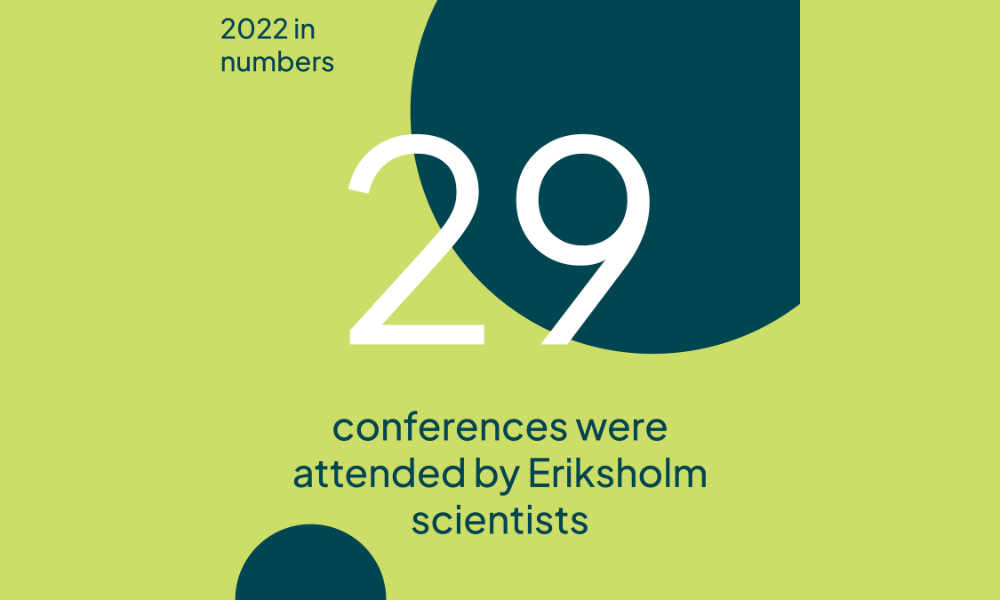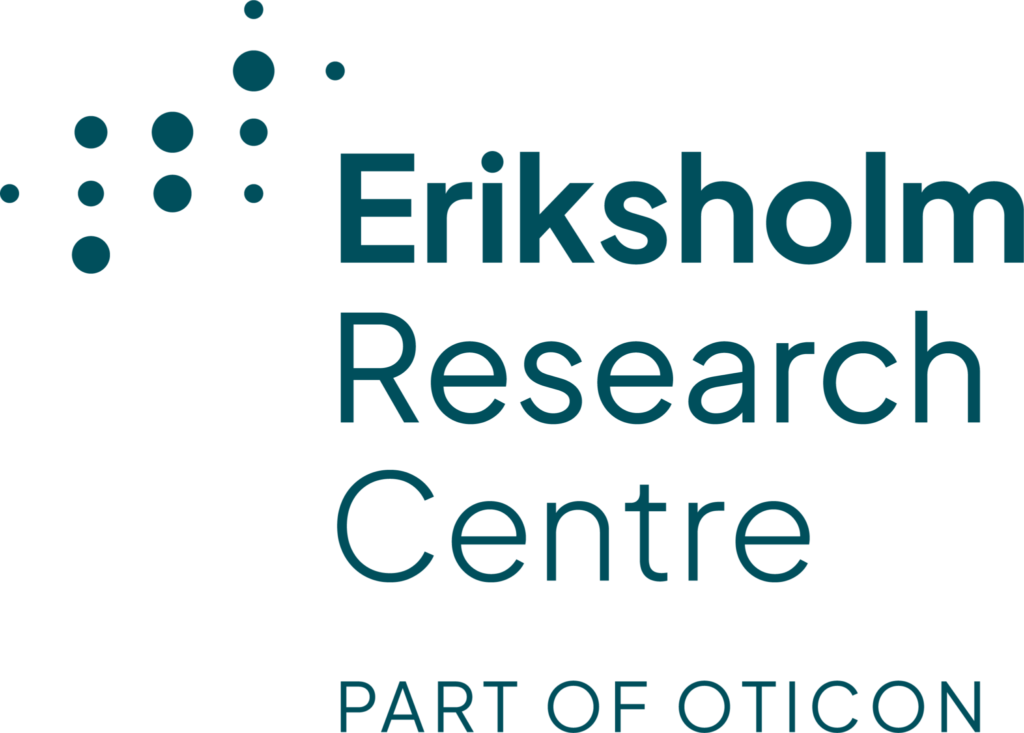About
Eriksholm Research Centre currently has the privilege of hosting visiting professor Laurel Carney, a distinguished figure in biomedical engineering and auditory neuroscience. Prof. Carney brings a wealth of experience to Eriksholm and is here for 5 months to collaborate with senior scientist Johannes Zaar and postdoctoral fellow Helia Relaño Iborra. The prime goal is to be able to predict speech intelligibility of individual listeners, based on a selection of hearing tests including the ACT test and established computational models for auditory neurons. The collaboration will also involve testing a new model, recently developed in Prof. Carney’s lab, which includes efferent pathways.
An impressive career
Prof. Carney’s work traverses the intersection of neurophysiology, computational modeling, and behavioral experimentation, with a primary focus on the mechanisms underlying auditory perception. Since 2007 she has been a professor at the University of Rochester, department of Biomedical Engineering, US, and Prof. Carney’s impressive career has been marked by notable achievements, including being named a Fellow of the Acoustical Society of America and the American Institute for Biological and Medical Engineering.
She is especially known for her work on computational models and how they can simulate sound processing in the brain. Though she is mainly focusing on normal hearing, she is also interested in applying her research to people with hearing difficulties, and explore how it can improve hearing aids, cochlear implants, and other audio technologies.
Labs and lizards
Prof. Carney was drawn to labs from an early point. When majoring in Electrical Engineering at Massachusetts Institute of Technology (MIT) in the early 1980’s, she applied for a technician job through her advisor William Peake, a researcher of middle ear acoustics. Prof. Carney says she still recalls his answer: “Well, we don’t have the money, but we still have the work”. She volunteered to help out and started measuring acoustics of the external ear and testing middle-ear impedance.
Now, a few decades later, Prof. Carney is leading her own lab as principal investigator at the University of Rochester. She and her students explore the auditory system and develop methods to understand the neural mechanisms behind our perception of complex sounds. Prof. Carney’s fascination with auditory neuroscience began in her undergraduate years, when she studied the auditory system of lizards, whose simple design makes an excellent model for auditory function. At the time, research data was processed on the lab’s LINC computer, which had to be booked for 24 hours straight, and Prof. Carney recalls working on the computer in the night. Across the hall, a postdoc named Elizabeth Keithley was recording electrical activity in auditory nerves, and seeing that project inspired the young Laurel Carney to go deeper into neuroscience and electrophysiology, the study of excitable cells.
The code for sound
Neurons are an example of excitable cells, which means they can generate and transmit electrical impulses. These tiny signals are a form of communication between cells that process information and coordinate responses. It is like a neural code that sheds light on the brain’s interpretation of stimuli, such as sound. Recording the little pulses can help us decode the language of the cells, or as Prof. Carney puts it: “It’s like eavesdropping on a conversation”.
Through the years, Carney has gained valuable insights into the neural code underlying perception with many studies on auditory-nerve responses to speech sounds, and explorations of temporal time structure, fluctuations and patterns in neural activity. In her postdoc years at the University of Pennsylvania, Carney expanded into the field of psychoacoustics and behavioral techniques.
We are happy to have the privilege of Prof. Carney’s visit and will follow the collaboration as the team integrates their collective findings and work together to merge insights. The stage is set for exciting discoveries!
If you wish to familiarize yourself with the outcome of a recent collaboration between Professor Laurel Carney and our Senior Scientist, Johannes Zaar , please follow the link below to read about an improved model for predicting speech intelligibility in noisy conditions. The model uses physiological principles and predicts speech reception thresholds for both normal hearing and hearing-impaired listeners, showing potential for understanding speech perception in different acoustic environments.

